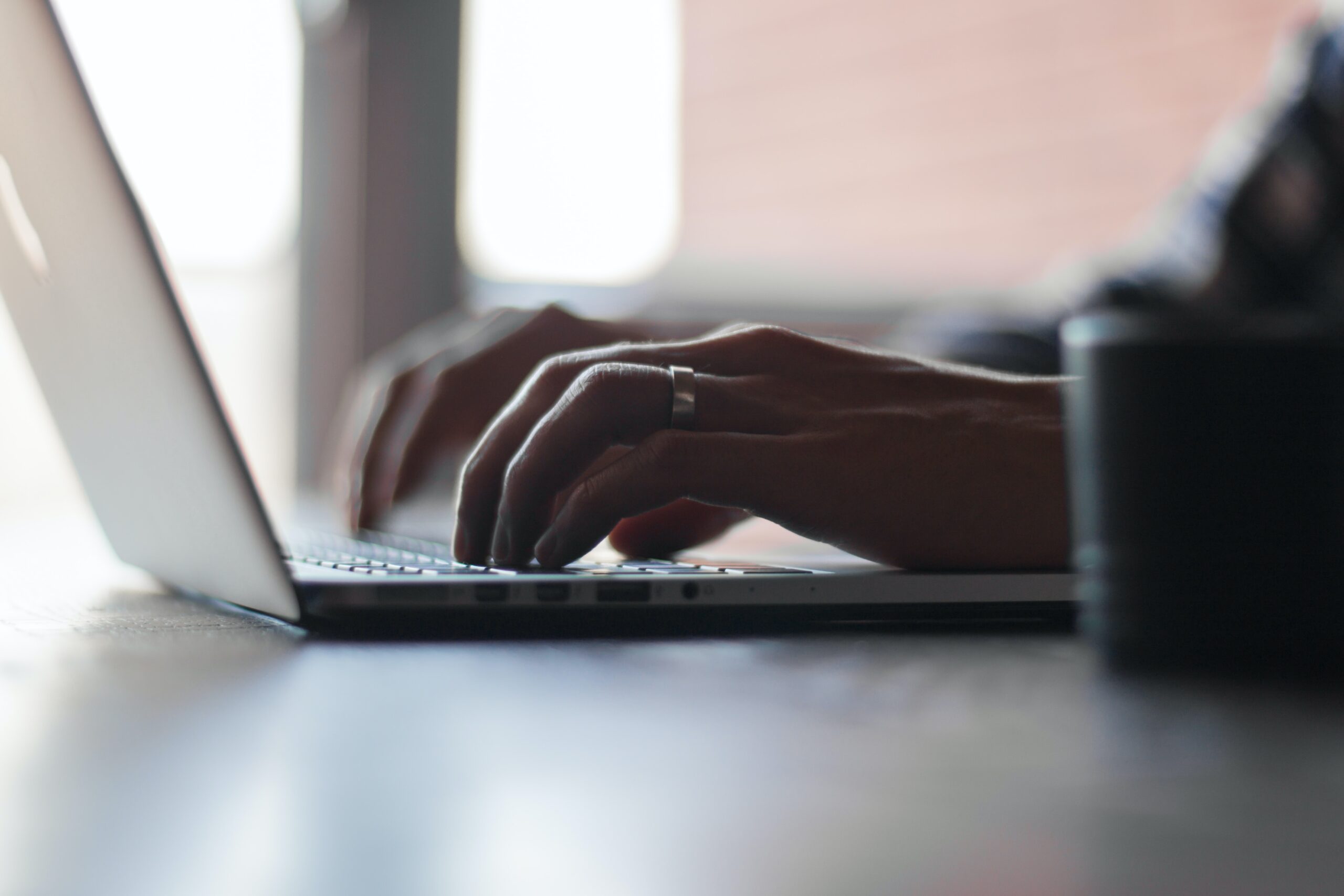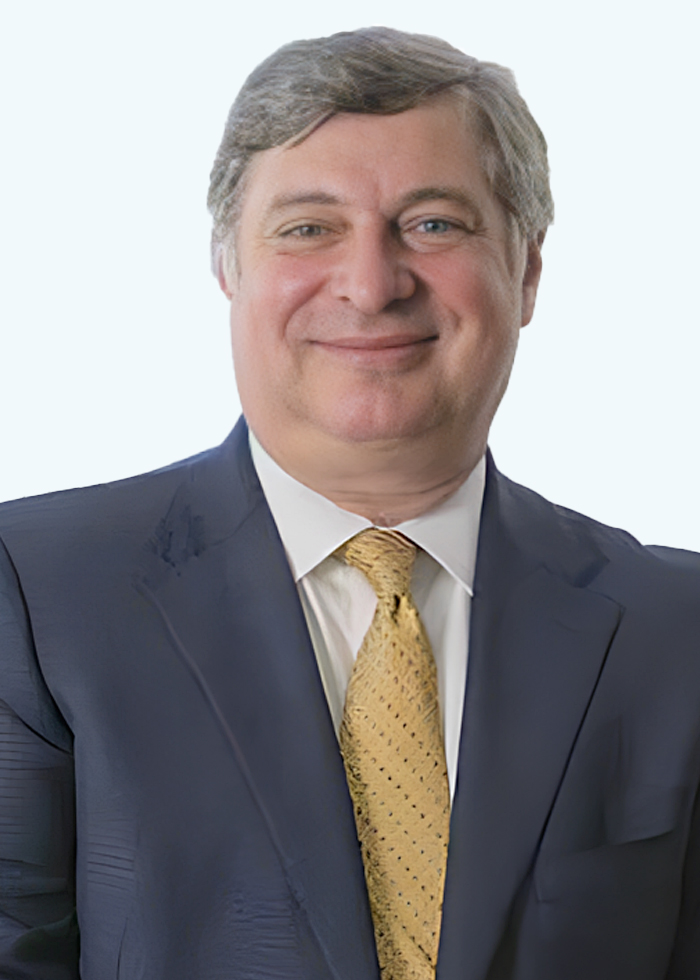From the phones in our pockets and the computers on our desks to our cars and home appliances, the devices that run our modern world depend on software to work correctly. Therefore, it makes sense for software developers to want to protect and profit from their innovations by obtaining a patent. But can you patent software?
In short, yes. However, obtaining software patents is challenging, even compared to the traditional patent application process. You must overcome specific legal hurdles to obtain a software patent, and you will likely need help from an experienced patent attorney. Join the New York and New Jersey patent lawyers at Gearhart Law as we review the challenges of patenting software.

Legal Issues with Patenting Software
The Supreme Court and other courts have set the rules for patenting software in the United States through their decisions. The critical case regarding software patents is the Supreme Court’s decision in Alice v. CLS Bank. In their Alice decision, the Supreme Court said a piece of software must meet one of two criteria to qualify for a patent:
- The software must be directed to an abstract idea, which would be ineligible for patenting.
- If the software relates to an abstract idea, the inventive concept must transform it in a way that makes it patent-eligible.
Getting Beyond an “Abstract Idea” with Software
To prove a piece of software is more than an abstract idea and qualifies for a patent, it must improve computer functionality somehow. That means the software must address some fundamental aspects of what a computer does. Examples of software that might qualify for a patent under this standard include code that enables faster computations, software that allows for new computations a device could not previously perform, or a piece of software that reduces the number of computing resources necessary to complete a task. The bottom line is that the software must relate to improving a computer’s core function, which is to run calculations at high speeds.
Transforming “Abstract Ideas” Into Patentable Software
Software relating to an abstract idea involving computers may still qualify for patents in certain circumstances. The first is if the software solves a problem that is “necessarily rooted” in computer technology. In other words, the software must relate to a problem that only computers have and does not come up in other settings.
The second way an abstract idea can become patentable software is if the software solves a problem in an unconventional manner or with unconventional components. However, a patent for software relating to an abstract idea cannot be so broad that it preempts every application of the idea.
These are complex issues -relying on a patent professional is crucial to a positive outcome for your project. The patent professionals at Gearhart Law are experts at analyzing these issues and can help you with your patent project.
Steps to Obtain a Software Patent
Embarking on the journey to patent your software can seem like venturing into uncharted territory. But by following a clear set of steps, you can navigate this process with confidence. Here are the steps to follow to secure a patent for your software:
- Prepare a detailed disclosure: Start by documenting as many aspects of your software as feasible, including how it works, its unique components, and the processes it performs. Don’t forget to include diagrams, flowcharts, or wireframes that illustrate your software in action.
- Identify your software’s novelty: Pinpoint what sets your software apart from existing technologies. What are its unique features and functions? After highlighting these points of novelty, discuss them with a patent attorney for patentability purposes. Often, the patent professional can suggest other differentiating features that can help with patentability.
- Conduct a prior art search: Dive into existing patents and literature to make sure your software doesn’t overlap with what’s already out there. This search is crucial for understanding the landscape and confirming that your software brings something new to the world.
- Draft a comprehensive application: The final step is to compile an application that includes claims, specifications, and drawings. These elements should showcase your software’s innovations and how they improve upon existing solutions.
Even if you follow these steps carefully, there’s a decent chance the U.S. Patent and Trademark Office will reject your application. That’s OK, as it’s the norm for most software patent applications. Don’t get discouraged, as you have the chance to respond and try again.
Get Professional Assistance
Working with a knowledgeable software patent lawyer is the best step you can take to obtain your patent. Call Gearhart Law today for a consultation with our New Jersey patent attorneys.


